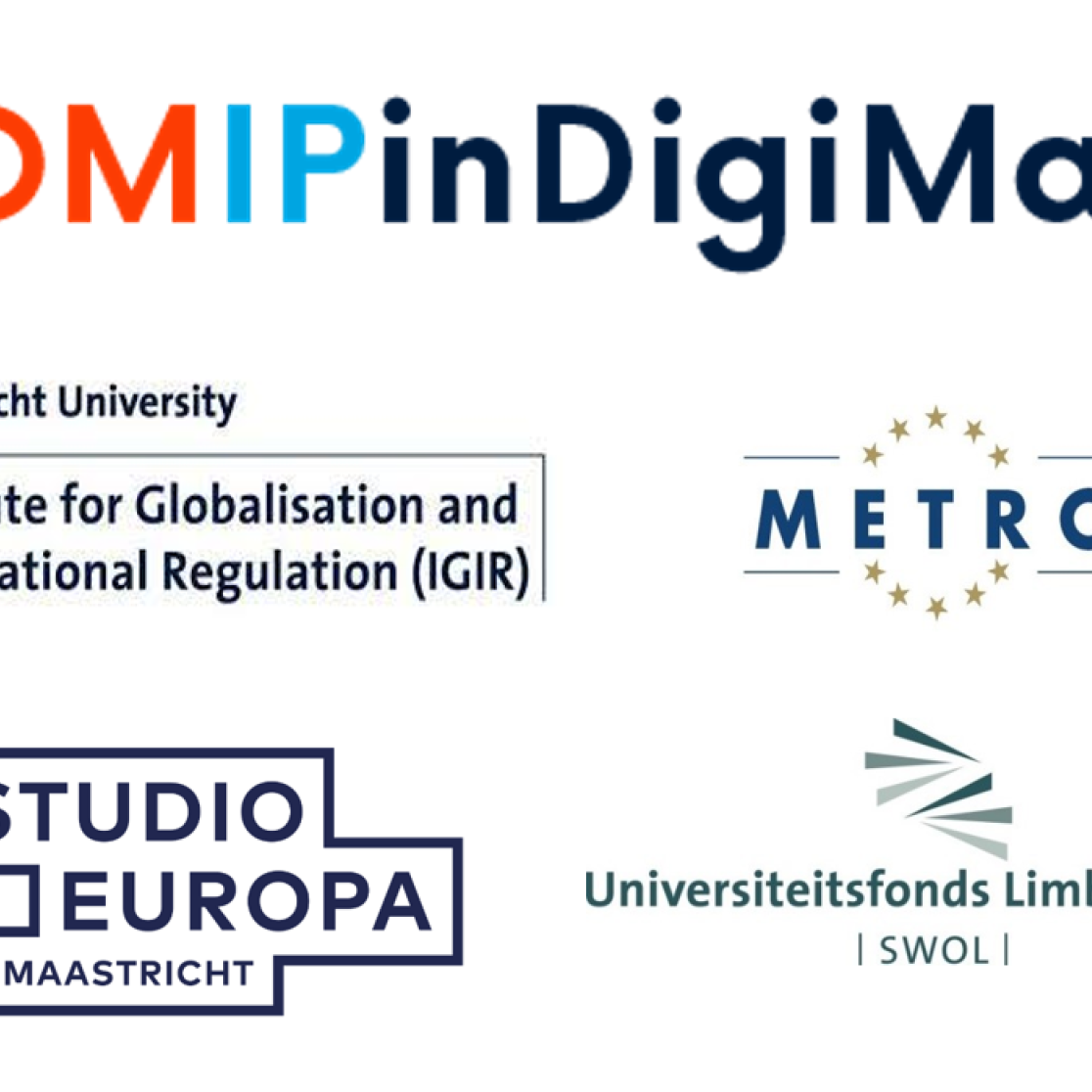Regulating Big Tech Platforms: which is the way?
As Big Tech Platforms increasingly become unavoidable actors in digital markets, there seems to be a consensus in the EU, UK and USA that legislative action must be taken to tame their power. However, there are several notable differences in the way in which they suggest to design this regulatory intervention.
In a society where individuals increasingly spend time on the internet, Big Tech Platforms have become unavoidable actors. As the power of Big Tech Platforms keeps growing, and as competition policy shows its limits in addressing some of these issues, there seems to be a consensus across the globe that legislative action must be taken against these actors, in order to ensure contestability, fairness and innovation. The European Commission’s proposal for a Digital Markets Act is the first main instrument to have been proposed in this regard. This has also led to concrete legislative proposals in the USA, as well as to policy proposals in the UK.
While these proposals pursue the same objectives, there are several notable differences in the way in which they suggest to design this regulatory intervention. As detailed elsewhere, all three legislators aim to find a balance between the predictability of the rules, on the one hand, and the flexibility and time-resilience of these rules, on the other hand. However, the concrete equilibria that they have reached are different.
In this regard, the EU and the USA approaches seem to put more weight on the predictability of the rules. Indeed, they both opted for a closed list of regulated activities. They also mainly rely on quantitative presumption thresholds (e.g. market capitalisation or number of users) in the context of their designation process (i.e. which Big Tech Platforms fall under the scope of the legislation). Moreover, they have opted for a “one-size fits all” approach, as they rely on a closed list of obligations and prohibitions that equally apply, in principle, to all types of Big Tech Platforms, independently of their business model.
The UK approach, on the other hand, drifts the most towards flexibility and time-resilience. Indeed, it opted for an open definition of the types of activities subject to regulatory control, namely those where technology is a “core component”. Moreover, its designation process equally relies on both qualitative and quantitative indicators. This is because UK policy makers believe that an excessive focus on quantitative thresholds could be insufficiently nuanced. Furthermore, the UK approach creates more flexibility as a separate Code of conduct would be developed for each Big Tech Platform falling under the scope of the legislation, which would be tailored to that platform’s business model.
Next to the content of the rules, the approach taken for the enforcement of these rules also presents some key differences. Indeed, the EU and the UK approaches are more regulatory in nature, as the regulatory authorities will impose remedies themselves in case of breach. The UK approach is however more flexible than the EU approach, as it leaves more room for discussion with all stakeholders in the determination of the remedy (participative enforcement). On the contrary, the USA approach is more litigation based. The regulatory authorities will not impose the remedies themselves, but will rather initiate civil litigation in front of district courts in case of a breach. Furthermore, the USA approach is the most open to the imposition of structural remedies (e.g. breaking up Big Tech Platforms).
As we are still in the development phase of these various approaches, it would be premature to formulate a definitive opinion on which is the best way. That being said, as the issues are global, it will be important for all legislators to keep an eye on how the situation is evolving elsewhere in the world, and to be ready to readjust their regulatory framework in order to mirror the one that seems to be leading to better results.
| This guest blog was written by Thomas Tombal (Tilburg Institute for Law, Technology, and Society (TILT), Tilburg University) for the IGIR and METRO Faculty of Law Maastricht #COMIPinDigiMarkts2022 project - More blogs on Law Blogs Maastricht |
This guest blog is part of the project #COMIPinDigiMarkts2022. These blogs have been specially prepared by participating internal and external project members and focus on competition law and IP law, with particular reference to the digital markets.

-
Whither economic regulation for the digital markets: Is regulatory vacuum or regulatory capture likely?
Some conducts encountered in digital markets, e.g. killer acquisitions, self-promotion and marketing strategies, non-transparent and discriminatory interfaces, signify a need for ex ante regulation, as widely acknowledged. The European Commission, UK Government and US Senators proposed legislative...

-
App stores as public utilities?
Representing the prototype of multi-sided platforms, app stores are at the forefront of the debate on digital markets. Several regulatory proposals place on app stores neutrality obligations vis-à-vis third parties. Are EU and US competition laws utterly unfit to tackle platform-related behaviours...
